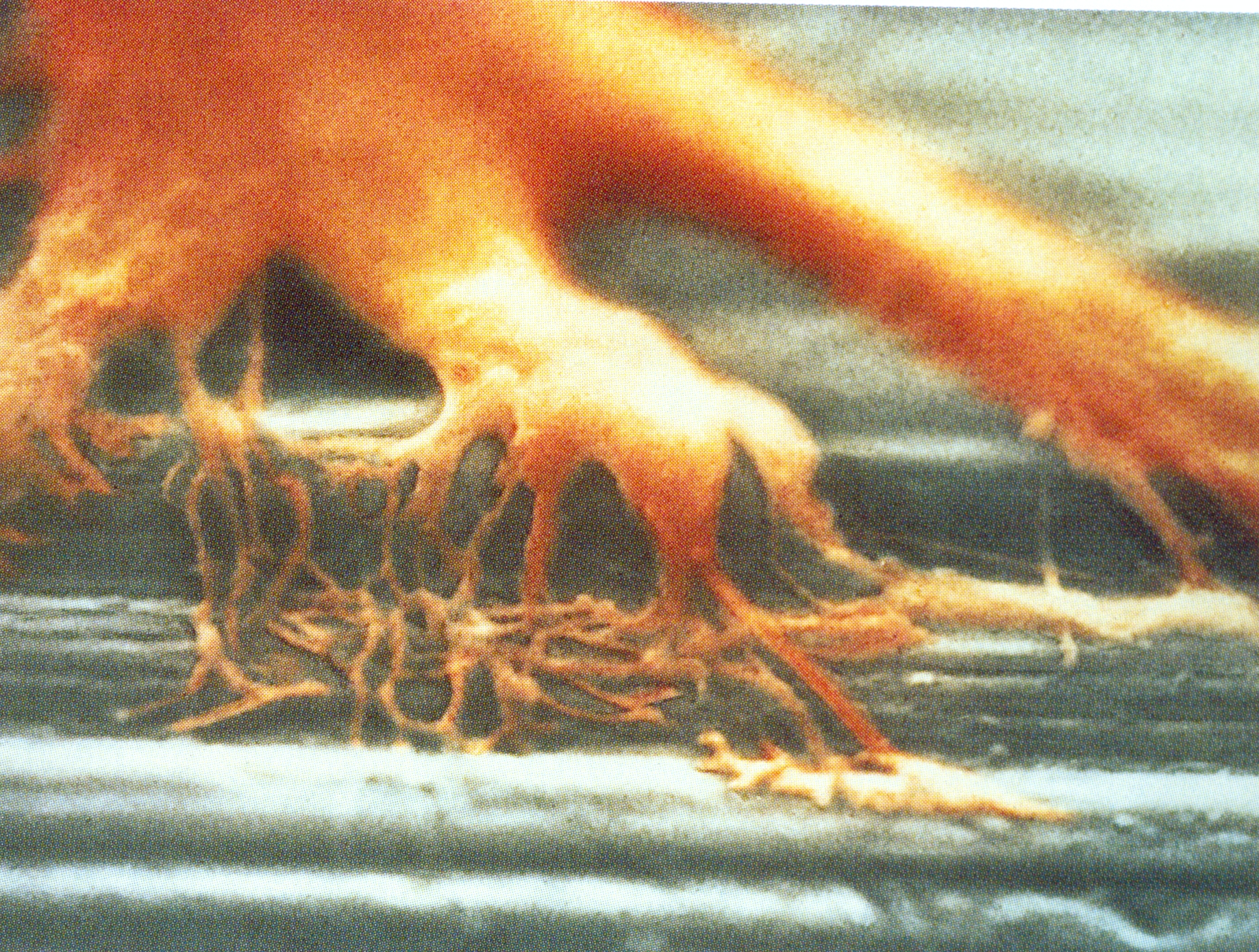Two chemistry-related quotes from Dr. Strangelove:
You’ve obviously never heard of cobalt chlorium G. It has a radioactive half-life of 93 years.
Have you ever heard of a thing called fluoridation of water?
In contrast to fictitious “cobalt chlorium G”, water fluoridation is real. So is opposition to it. To quote the recent Australian study, “water fluoridation appears to be a low-risk, high-outrage controversy”. Luckily, the communist threat is no longer mentioned — or so I thought until I came across a recent publication quoting a Californian mum who wondered whether the dentist was “one of those socialists trying to poison us with fluoride”. From The Fluoride Wars: How a Modest Public Health Measure Became America’s Longest Running Political Melodrama:
It seemed such simple act at the time <in 1945>. A tap was turned, and water that had been chlorinated for many years without much fuss now carried a second chemical supplement to help keep us healthy. Soon, the taps would be turned in city after city across the nation. For most, it was another blessing bestowed on us by modern medical science. But for some, it was one chemical too many.






